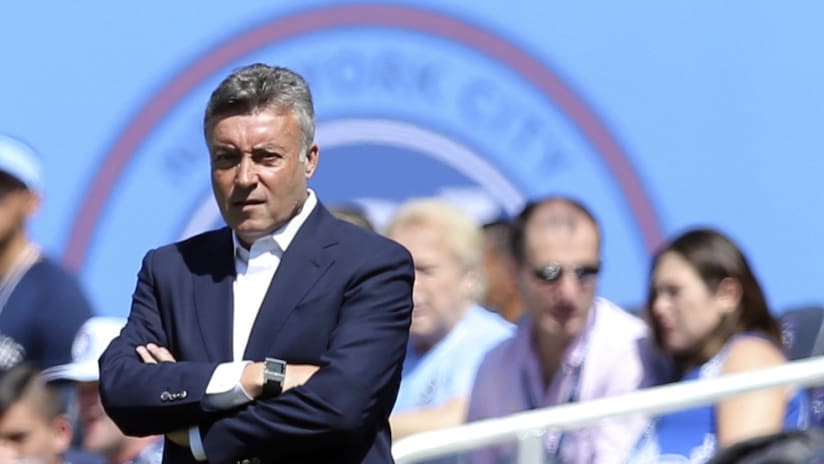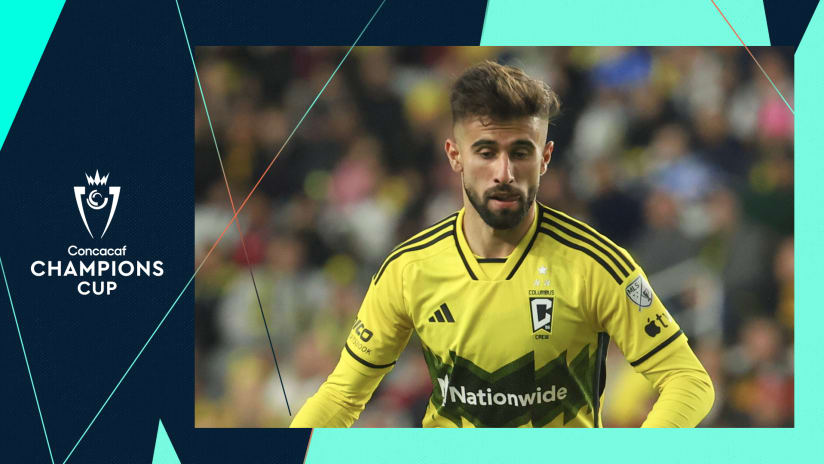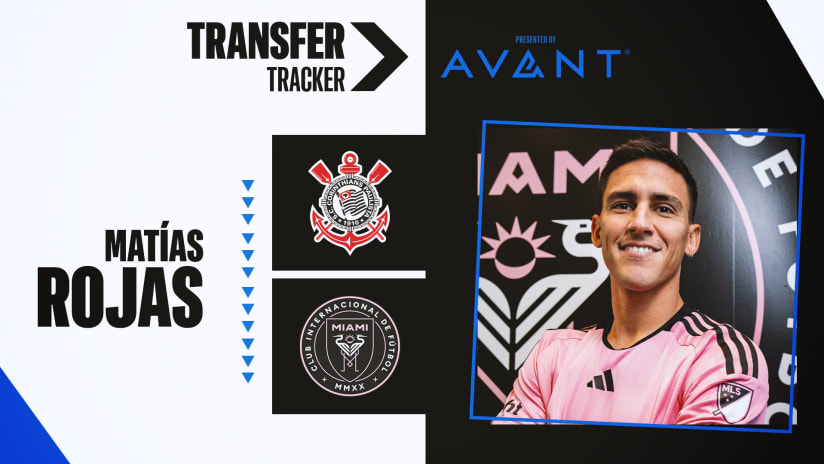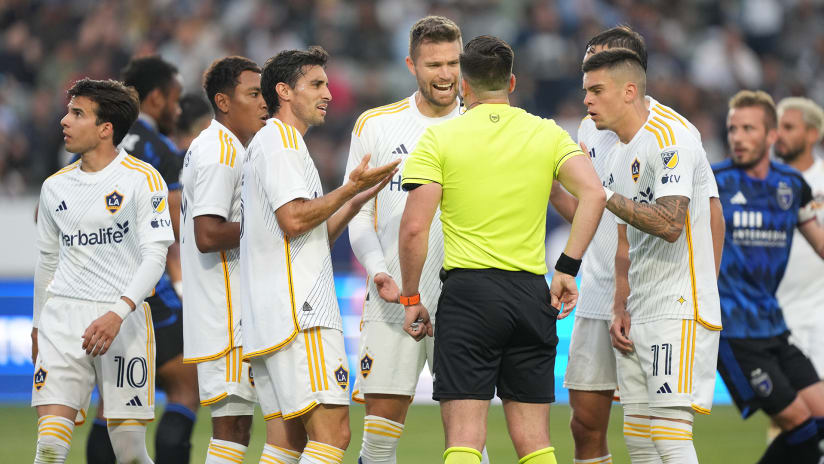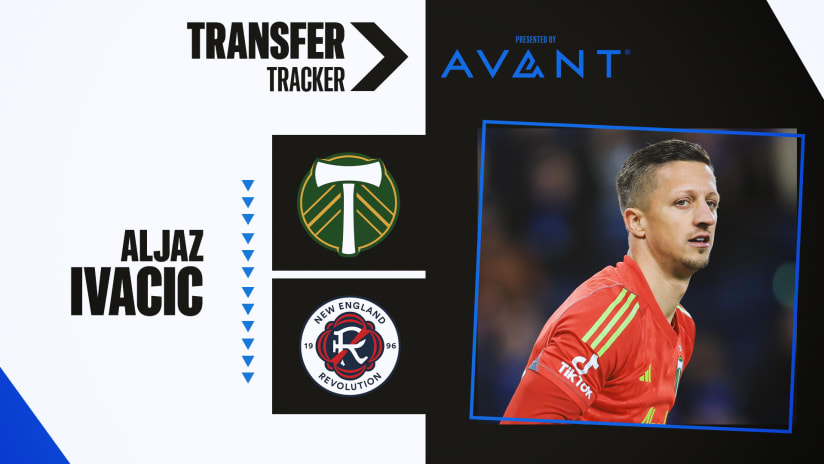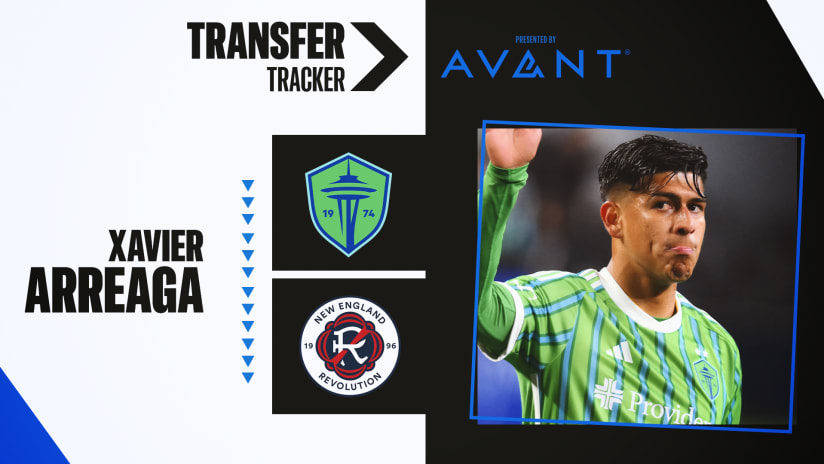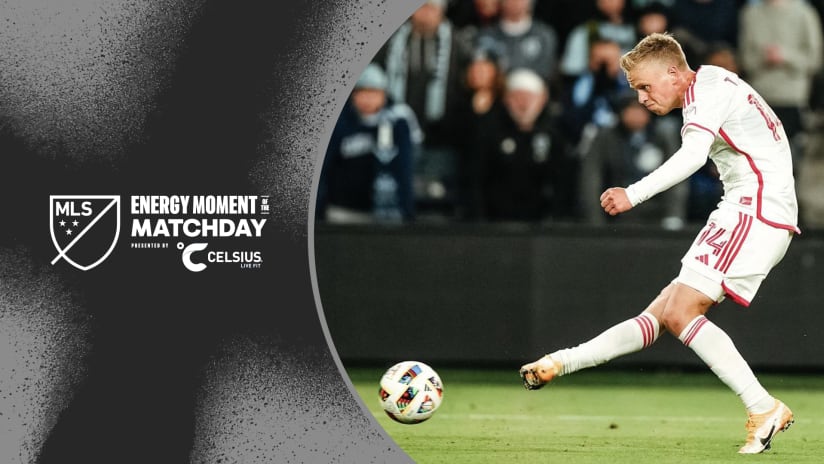Five games into 2018, New York City Football Club were undefeated and had 13 points.
Five games into 2019, New York City Football Club are winless and have 4 points.
It happens, ya know? Rebuilds take place, eras come to an end...
...but NYCFC aren’t exactly in rebuild mode. Up to nine of the regular starters from those 2018 games are still on the 2019 squad.
Now, the other two, David Villa and Yangel Herrera, were two of the team’s three best players. I’m a big “coaching matters more than players” guy, but players matter an awful lot. Less talent naturally cedes lower results. It was always going to be near impossible to replace players like Villa and Herrera (in the same way Red Bulls sans Tyler Adams were always destined for a regression). There’s a natural 2019 dip to be expected.
NYCFC’s present roster probably deserves to be in the middle of the two extremes indicated by their early results over the last two seasons. They aren’t as good as the 2018 team, and aren’t as bad as the 2019 results.
Let’s take a look at the improvements the team can make to bridge the gap on both sides of the ball:
Defending
Summary: NYCFC are choosing to do something weird. It’s not working.
They defend in an aggressive middle block. They drop back into a typical defensive shape — a 4-4-2, similar to what we see from Columbus and Toronto, but NYCFC look to pop out particularly quickly. The idea is to get set into a block-like shape and make sure the opponent can’t play through the middle. Whereas other teams generally wait a few passes once they get into their shape, shift side to side, and keep the opponent in front of them, Dome Torrent’s group pop out of shape to try to pressure the ball as quickly as possible.
That, in itself, isn’t that unique. The next part is.
Most teams maintain zonal roles when they start to apply pressure on the ball in the middle of the field. The first person steps forward and other players in his line step inward a few yards.
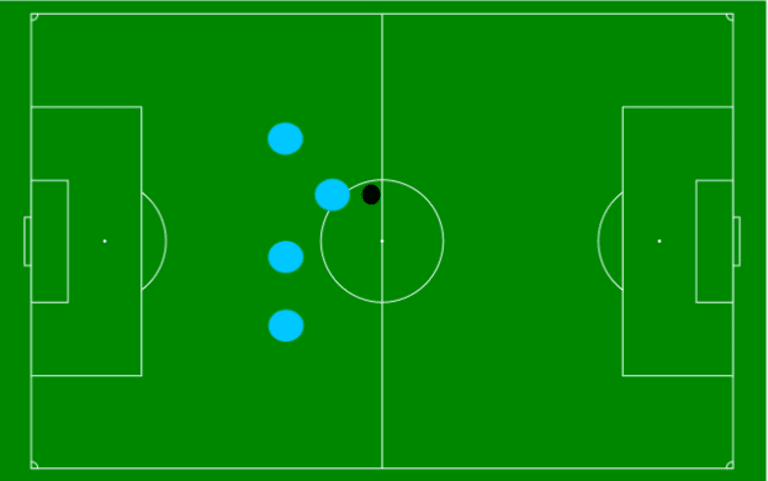
Then once the ball gets rotated sideways or backward, the line works like pistons in an engine: The player who had just stepped to the ball drops, and the person in line with the ball steps.
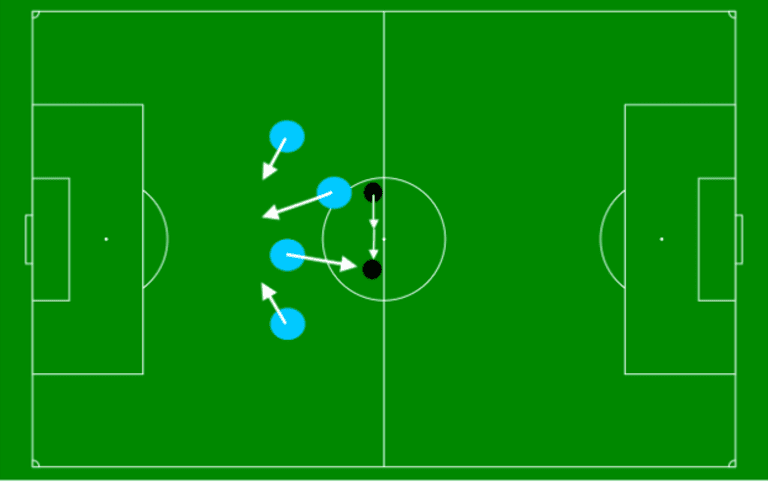
NYCFC, however, seem to go man-to-man as soon as they get pressure on the ball. Each player attempts to get as close as possible to the nearest opposing midfielder.
It’s not uncommon to move from zonal defending to man-to-man, but it usually happens higher on the field during a press. Man-to-man helps to ensure the player on the ball doesn’t have any options, as opposed to zonal, which protects space. As you can imagine, though, if a single player gets beaten, the whole thing crumbles. That’s why teams usually only use it farther up the field; they have time to recover if they fail.
If you play man-to-man in midfield and a player gets beat, then it could be one pass to goal. And that’s what we saw in their game against Toronto. The Reds exploited the little gaps. Alejandro Pozuelo, Jozy Altidore, and Jonathan Osorio crushed NYCFC in the line between the defenders and midfielders. They were able to get the ball and face Sean Johnson’s net.
The harsh part: I can’t tell if NYCFC intend to play man-to-man out of the middle block — something very few teams in the world do — or if they just aren’t very good in a traditional defensive zone. It could be that they don’t mean to play man-to-man, but they haven’t done enough training reps in the zone and it looks mangled.
Either way, what they are doing isn’t working. Teams have found it too easy to play through midfield against them. I don’t have a better solution than to say: get better at the zonal approach so that it doesn’t become man-to-man so often, or get better at man-to-man.
Attacking
Summary: Stop thinking.
There are a few specific adjustments the team could make — sometimes they don’t have anyone stretch the field, sometimes they have too many people stretch the field, sometimes multiple people move into the same zone, and sometimes nobody moves at all. But I don’t think any of those things matter unless the team gets its culture of passing back. When I say “culture of passing,” I mean the idea that no single pass needs to accomplish that much, but a series of passes can accomplish a lot.
It requires a collective agreement among the group:
I don’t need to be the one to play forward, but if I play you and you play the next person, at some point the pass forward will become very apparent. We all understand where we want to get, but we can take our time getting there. With that comes a trust. In passing you the ball instead of trying to make a difficult pass myself, I’m entrusting that you will also make the smart, simple pass.
NYCFC used to have that. They used to play quick and short and simple. It manifested itself as taking risks out of the back, but that was just the implementation of the idea that short, high-percentage passes can accomplish a lot down a chain.
Right now, however, they’ve lost that mutual agreement. They receive the ball, look up, and scan the field, scan, dribble, scan. If we could slice their heads in half, we could see 10 different wheels turning. It makes everything too slow.
A fully fit and present squad — ie. Heber and Maxi Moralez — should help fill in the tactical gaps, but it seems to me that their mindset is off at the moment. NYCFC were at their best when everyone bought into the collective idea of quick, simple passes. Stop scanning, stop thinking, return to simply passing.

